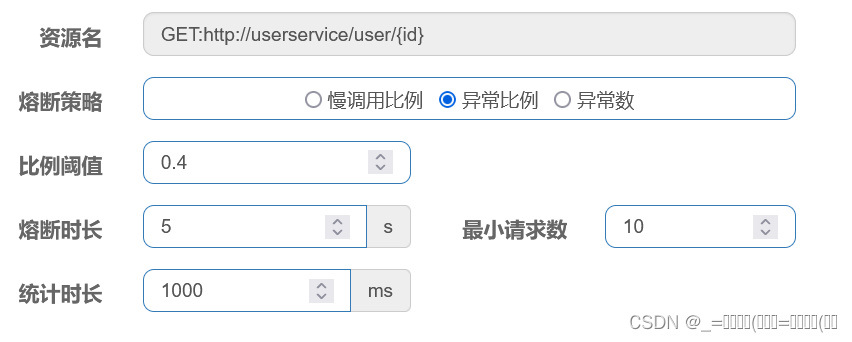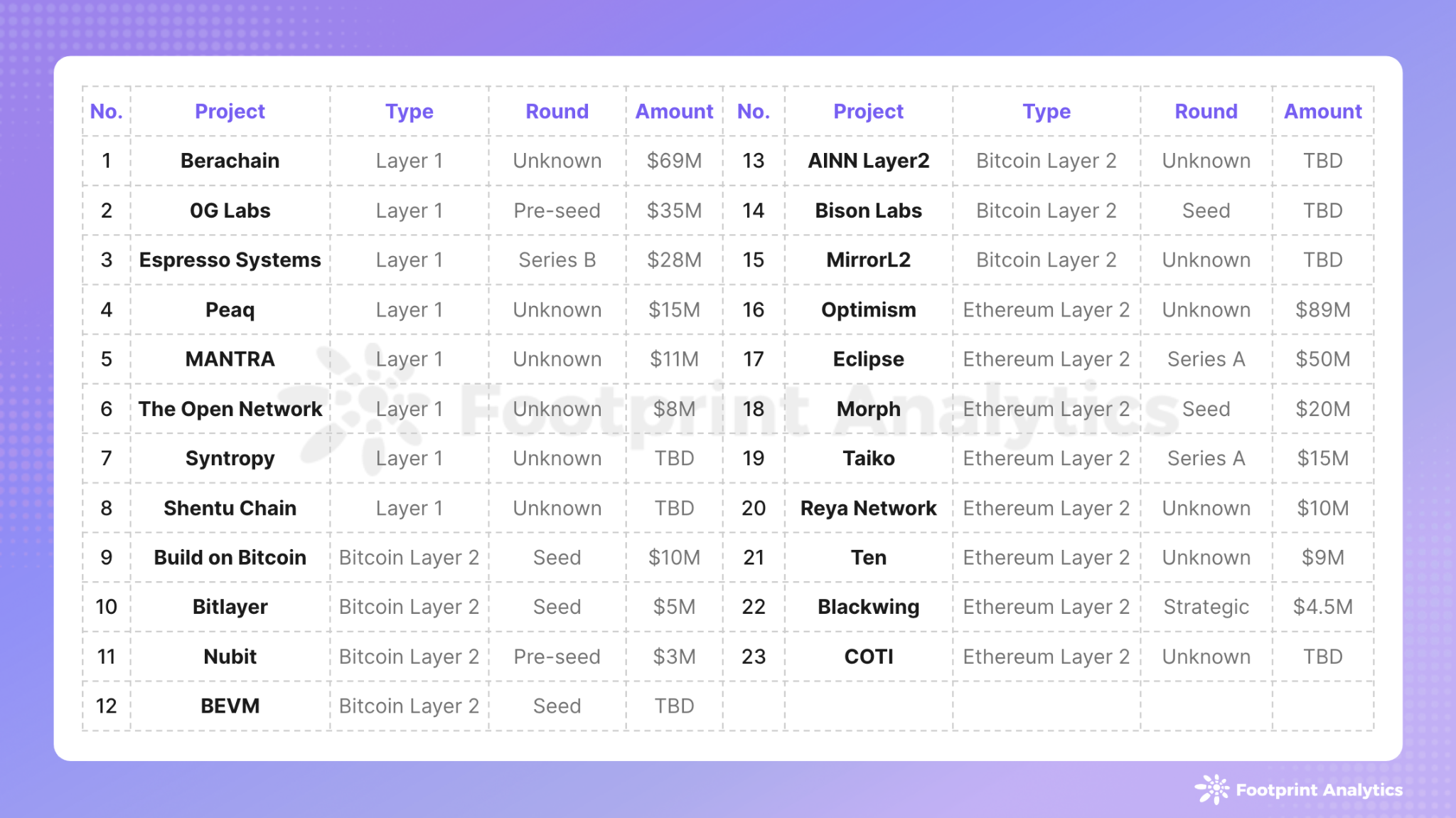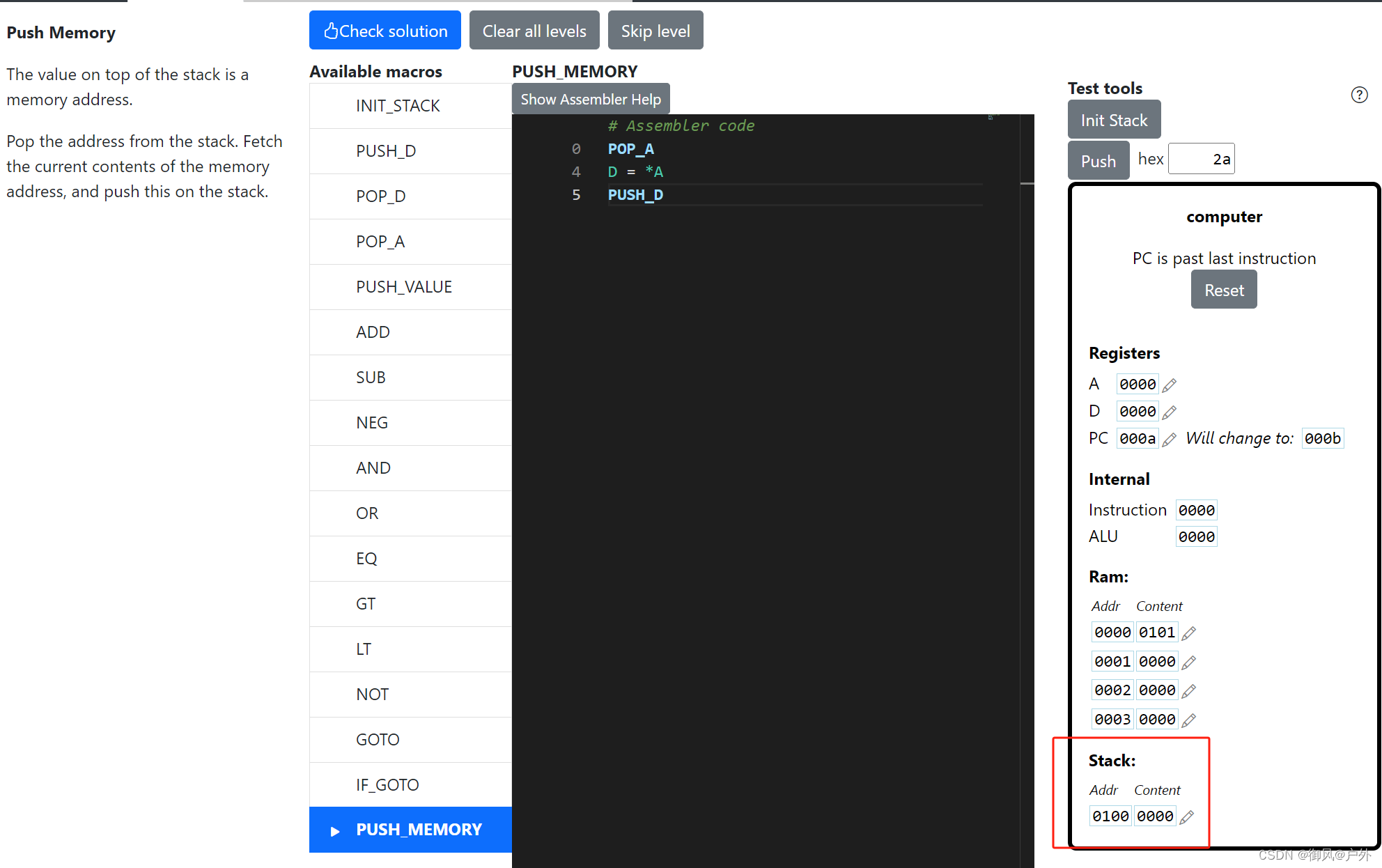使用freeRTOS创建任务时使用如下函数

函数的参数
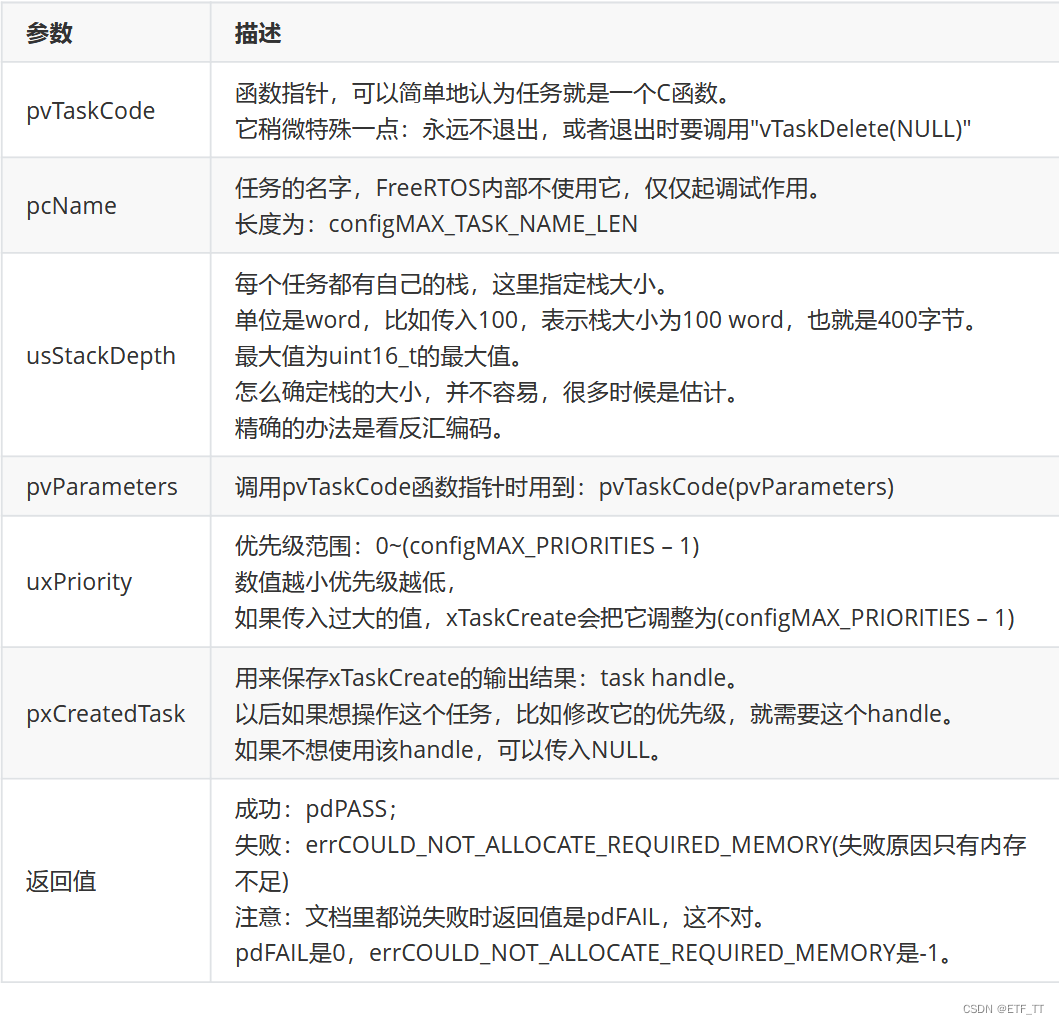
创建一个FreeRTOS任务点亮led灯实现led灯500毫秒翻转一次


具体的代码实现
#include "stm32f10x.h" // Device header
#include "Delay.h"
#include "freeRTOS.h"
#include "task.h"
void Led_Init(void){
RCC_APB2PeriphClockCmd(RCC_APB2Periph_GPIOA,ENABLE); // 开启RCC外设时钟控制
GPIO_InitTypeDef GPIO_InitStructure; // 结构体初始化
GPIO_InitStructure.GPIO_Mode = GPIO_Mode_Out_PP; // 使用推挽输出
GPIO_InitStructure.GPIO_Pin = GPIO_Pin_0 | GPIO_Pin_1; // 开启GPIOA_Pin_1 引脚和GPIOA_Pin_0引脚
GPIO_InitStructure.GPIO_Speed = GPIO_Speed_50MHz; // 时钟的频率为50MHz
GPIO_Init(GPIOA, &GPIO_InitStructure); // 初始化时钟的结构体
GPIO_ResetBits(GPIOA, GPIO_Pin_0 | GPIO_Pin_1); // 设置引脚的默认电平为低电平
}
void Led0_ON(void){
GPIO_SetBits(GPIOA, GPIO_Pin_0); // 引脚的电平为高电平
}
void Led0_OFF(void){
GPIO_ResetBits(GPIOA, GPIO_Pin_0); // 引脚的电平为低电平
}
void Led1_ON(void){
GPIO_SetBits(GPIOA, GPIO_Pin_1);
}
void Led1_OFF(void){
GPIO_ResetBits(GPIOA, GPIO_Pin_1);
}
void LED_Turn0(void){ // led0电平翻转
if(GPIO_ReadOutputDataBit(GPIOA, GPIO_Pin_0) == 0){
GPIO_SetBits(GPIOA, GPIO_Pin_0);
}else{
GPIO_ResetBits(GPIOA, GPIO_Pin_0);
}
}
void LED_Turn1(void){ // led1电平翻转
// 读取用输出寄存器中的某一位
if(GPIO_ReadOutputDataBit(GPIOA, GPIO_Pin_1) == 0){
GPIO_SetBits(GPIOA, GPIO_Pin_1);
}else{
GPIO_ResetBits(GPIOA, GPIO_Pin_1);
}
}
// 创建FreeRTOS的句柄
TaskHandle_t Handle_task1;
void Task1Function(void * pram){
while(1){
LED_Turn0();
vTaskDelay(500);
Led0_OFF();
vTaskDelay(500);
LED_Turn1();
vTaskDelay(500);
Led1_OFF();
vTaskDelay(500);
}
}
int main(void){
Led_Init();
// 创建FreeRTOS的任务函数
xTaskCreate(Task1Function,"task1",128,NULL,1,&Handle_task1);
vTaskStartScheduler();
while(1){
}
}
debug查看输出的pwm波形验证该测试时是成功的,开发板有反馈


注:基础知识部分参考学习自韦东山老师学习文档
串口实现程序创建并查看返回结果
void Task1Function(void * pram){
while(1){
printf("1");
}
}
void Task2Function(void * pram){
while(1){
printf("2");
}
}
int main( void )
{
TaskHandle_t xHandleTask1;
#ifdef DEBUG
debug();
#endif
prvSetupHardware();
printf("Hello, world!\r\n");
xTaskCreate(Task1Function,"Task1",100,NULL,1,&xHandleTask1);
xTaskCreate(Task2Function,"Task2",100,NULL,1,NULL);
vTaskStartScheduler();
/* Will only get here if there was not enough heap space to create the
idle task. */
return 0;
}代码只需要编写以上部分即可
#include <stdio.h>
/* Scheduler includes. */
#include "FreeRTOS.h"
#include "task.h"
#include "queue.h"
/* Library includes. */
#include "stm32f10x_it.h"
/* Demo app includes. */
#include "lcd.h"
#include "LCD_Message.h"
#include "BlockQ.h"
#include "death.h"
#include "integer.h"
#include "blocktim.h"
#include "partest.h"
#include "semtest.h"
#include "PollQ.h"
#include "flash.h"
#include "comtest2.h"
#include "serial.h"
/* Task priorities. */
#define mainQUEUE_POLL_PRIORITY ( tskIDLE_PRIORITY + 2 )
#define mainCHECK_TASK_PRIORITY ( tskIDLE_PRIORITY + 3 )
#define mainSEM_TEST_PRIORITY ( tskIDLE_PRIORITY + 1 )
#define mainBLOCK_Q_PRIORITY ( tskIDLE_PRIORITY + 2 )
#define mainCREATOR_TASK_PRIORITY ( tskIDLE_PRIORITY + 3 )
#define mainFLASH_TASK_PRIORITY ( tskIDLE_PRIORITY + 1 )
#define mainCOM_TEST_PRIORITY ( tskIDLE_PRIORITY + 1 )
#define mainINTEGER_TASK_PRIORITY ( tskIDLE_PRIORITY )
/* Constants related to the LCD. */
#define mainMAX_LINE ( 240 )
#define mainROW_INCREMENT ( 24 )
#define mainMAX_COLUMN ( 20 )
#define mainCOLUMN_START ( 319 )
#define mainCOLUMN_INCREMENT ( 16 )
/* The maximum number of message that can be waiting for display at any one
time. */
#define mainLCD_QUEUE_SIZE ( 3 )
/* The check task uses the sprintf function so requires a little more stack. */
#define mainCHECK_TASK_STACK_SIZE ( configMINIMAL_STACK_SIZE + 50 )
/* Dimensions the buffer into which the jitter time is written. */
#define mainMAX_MSG_LEN 25
/* The time between cycles of the 'check' task. */
#define mainCHECK_DELAY ( ( TickType_t ) 5000 / portTICK_PERIOD_MS )
/* The number of nano seconds between each processor clock. */
#define mainNS_PER_CLOCK ( ( unsigned long ) ( ( 1.0 / ( double ) configCPU_CLOCK_HZ ) * 1000000000.0 ) )
/* Baud rate used by the comtest tasks. */
#define mainCOM_TEST_BAUD_RATE ( 115200 )
/* The LED used by the comtest tasks. See the comtest.c file for more
information. */
#define mainCOM_TEST_LED ( 3 )
/*-----------------------------------------------------------*/
/*
* Configure the clocks, GPIO and other peripherals as required by the demo.
*/
static void prvSetupHardware( void );
/*
* Retargets the C library printf function to the USART.
*/
int fputc( int ch, FILE *f );
/*
* Configures the timers and interrupts for the fast interrupt test as
* described at the top of this file.
*/
extern void vSetupTimerTest( void );
/*-----------------------------------------------------------*/
void Task1Function(void * pram){
while(1){
printf("1");
}
}
void Task2Function(void * pram){
while(1){
printf("2");
}
}
int main( void )
{
TaskHandle_t xHandleTask1;
#ifdef DEBUG
debug();
#endif
prvSetupHardware();
printf("Hello, world!\r\n");
xTaskCreate(Task1Function,"Task1",100,NULL,1,&xHandleTask1);
xTaskCreate(Task2Function,"Task2",100,NULL,1,NULL);
vTaskStartScheduler();
/* Will only get here if there was not enough heap space to create the
idle task. */
return 0;
}
/*-----------------------------------------------------------*/
/*-----------------------------------------------------------*/
/*-----------------------------------------------------------*/
static void prvSetupHardware( void )
{
/* Start with the clocks in their expected state. */
RCC_DeInit();
/* Enable HSE (high speed external clock). */
RCC_HSEConfig( RCC_HSE_ON );
/* Wait till HSE is ready. */
while( RCC_GetFlagStatus( RCC_FLAG_HSERDY ) == RESET )
{
}
/* 2 wait states required on the flash. */
*( ( unsigned long * ) 0x40022000 ) = 0x02;
/* HCLK = SYSCLK */
RCC_HCLKConfig( RCC_SYSCLK_Div1 );
/* PCLK2 = HCLK */
RCC_PCLK2Config( RCC_HCLK_Div1 );
/* PCLK1 = HCLK/2 */
RCC_PCLK1Config( RCC_HCLK_Div2 );
/* PLLCLK = 8MHz * 9 = 72 MHz. */
RCC_PLLConfig( RCC_PLLSource_HSE_Div1, RCC_PLLMul_9 );
/* Enable PLL. */
RCC_PLLCmd( ENABLE );
/* Wait till PLL is ready. */
while(RCC_GetFlagStatus(RCC_FLAG_PLLRDY) == RESET)
{
}
/* Select PLL as system clock source. */
RCC_SYSCLKConfig( RCC_SYSCLKSource_PLLCLK );
/* Wait till PLL is used as system clock source. */
while( RCC_GetSYSCLKSource() != 0x08 )
{
}
/* Enable GPIOA, GPIOB, GPIOC, GPIOD, GPIOE and AFIO clocks */
RCC_APB2PeriphClockCmd( RCC_APB2Periph_GPIOA | RCC_APB2Periph_GPIOB |RCC_APB2Periph_GPIOC
| RCC_APB2Periph_GPIOD | RCC_APB2Periph_GPIOE | RCC_APB2Periph_AFIO, ENABLE );
/* SPI2 Periph clock enable */
RCC_APB1PeriphClockCmd( RCC_APB1Periph_SPI2, ENABLE );
/* Set the Vector Table base address at 0x08000000 */
NVIC_SetVectorTable( NVIC_VectTab_FLASH, 0x0 );
NVIC_PriorityGroupConfig( NVIC_PriorityGroup_4 );
/* Configure HCLK clock as SysTick clock source. */
SysTick_CLKSourceConfig( SysTick_CLKSource_HCLK );
SerialPortInit();
}
/*-----------------------------------------------------------*/
/*-----------------------------------------------------------*/
/*-----------------------------------------------------------*/
#ifdef DEBUG
/* Keep the linker happy. */
void assert_failed( unsigned char* pcFile, unsigned long ulLine )
{
for( ;; )
{
}
}
#endif
串口打印效果如下所示
RTOS的核心就是一个多任务系统,这个多任务系统好像是在多任务执行的,但是实际上是交叉执行的

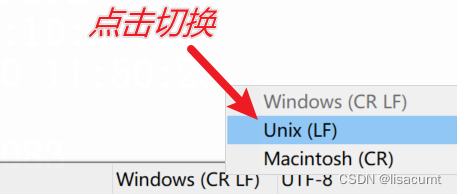

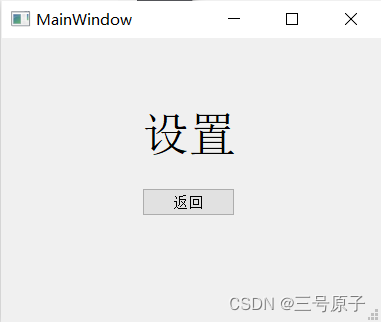
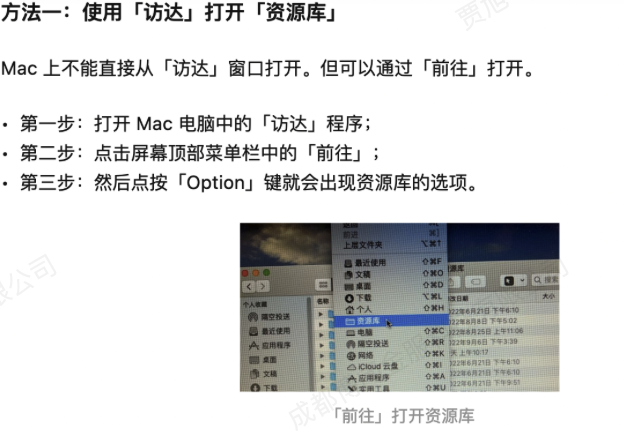

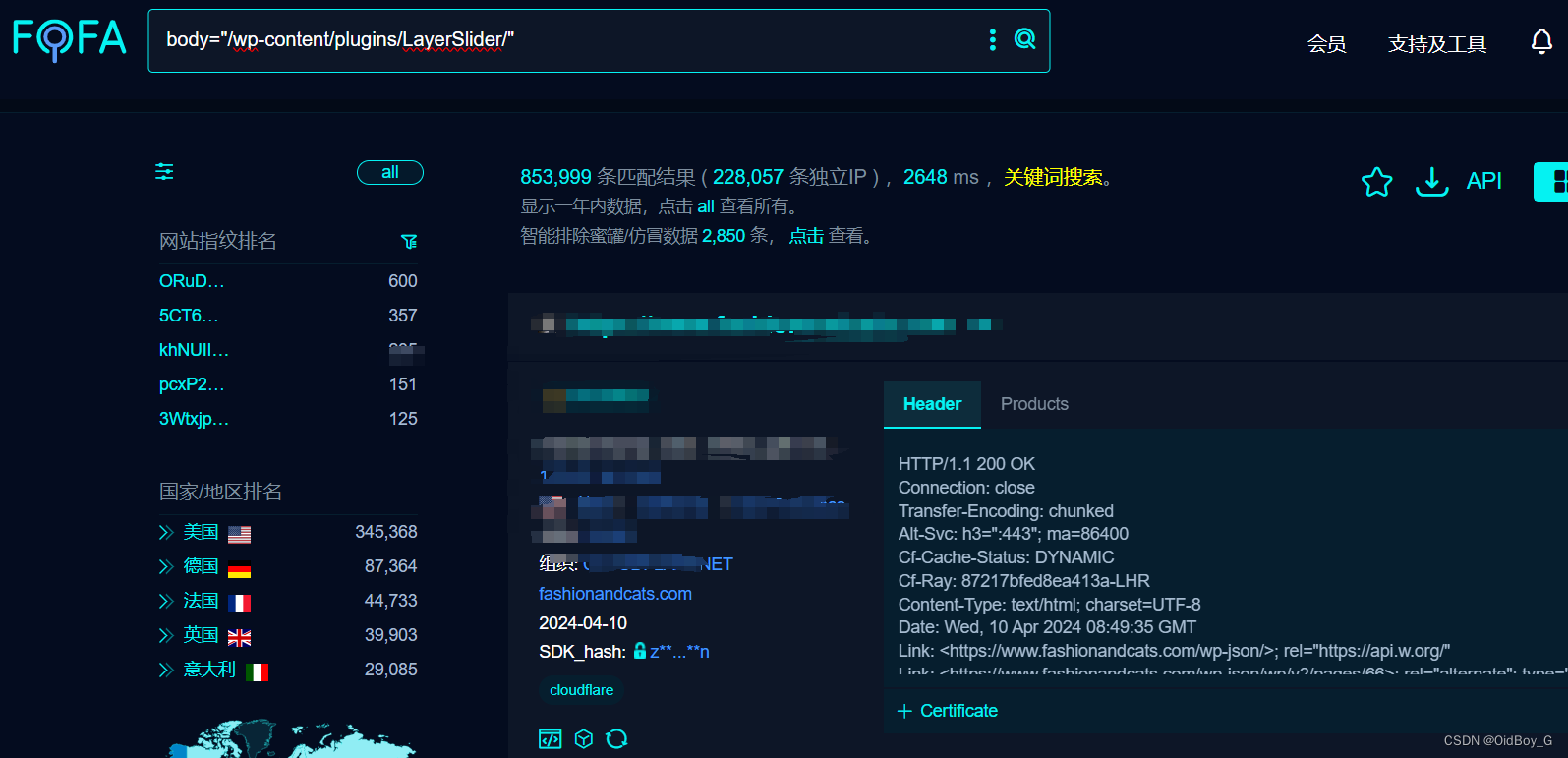
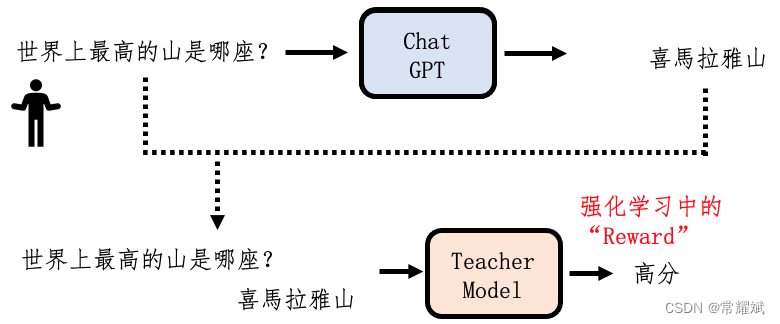
![[leetcode]remove-duplicates-from-sorted-list](https://img-blog.csdnimg.cn/img_convert/4359dfc6aeefad449c07c3fe7b8a27c7.jpeg)






